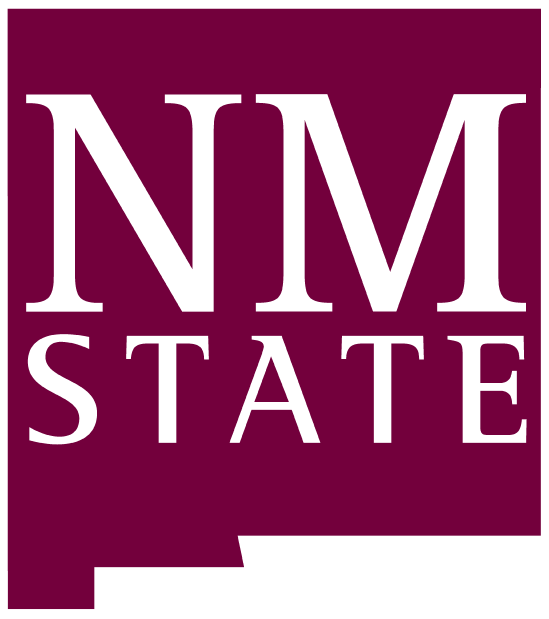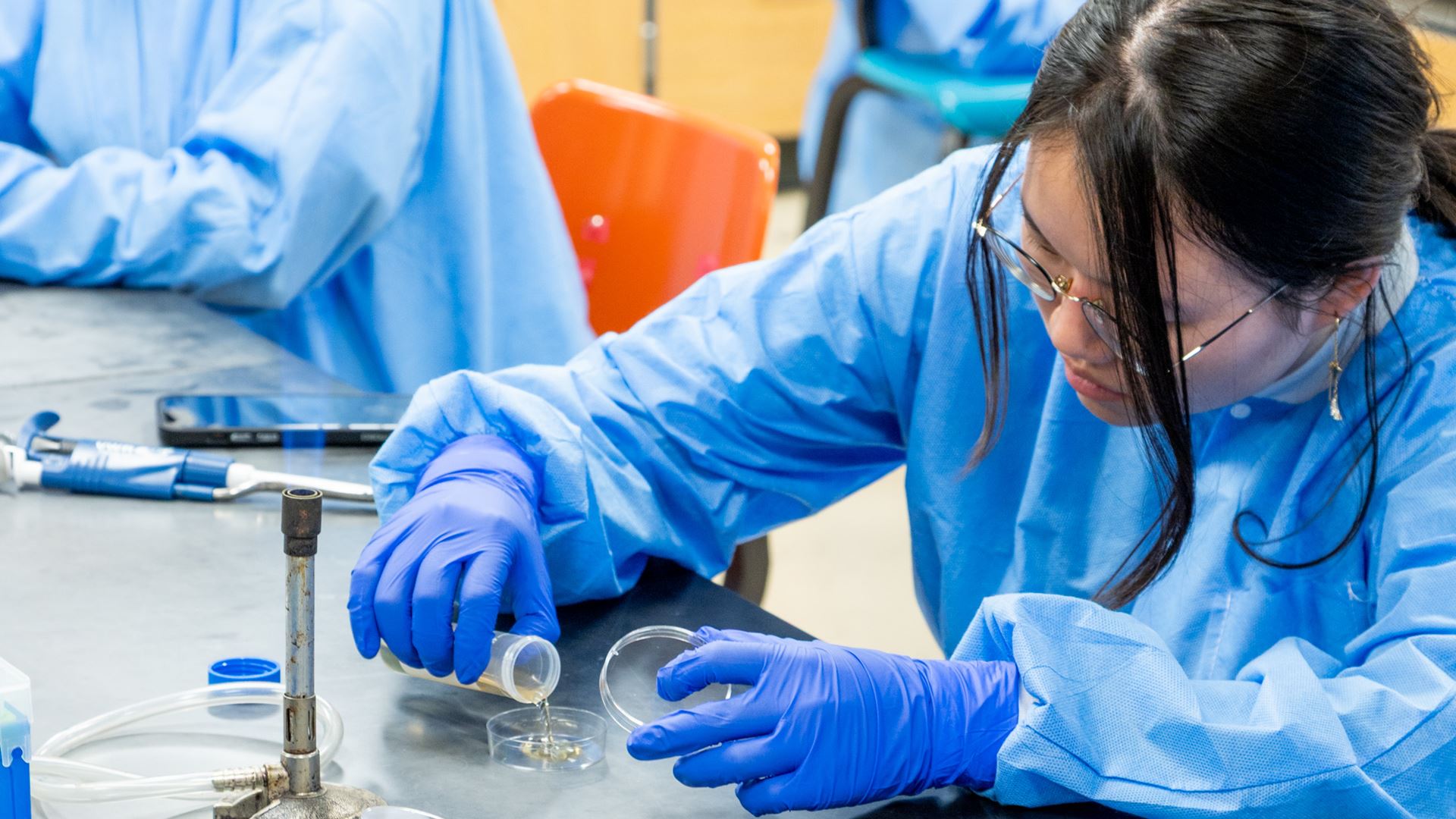A select group of high school students from around the world flocked to New Mexico State University this summer to participate in intensive programs in astrophysics and cell biology. From microscopes to telescopes, these bright young scientists spent five weeks on campus gaining hands-on research experience and a sneak peak of what their college life could look like.
NMSU partners with SSP International, a non-profit providing immersive experiences for students interested in science, to bring their flagship STEM research program to life. The Summer Science Program started at NMSU in 2023 with the astrophysics program, hosted by NMSU’s astronomy department. This summer, NMSU’s biology department hosted the new cell biology program.
In one of Foster Hall’s labs, the first cohort of cell biology students gathered around Bunsen burners and petri dishes. Their experiment aimed to use CRISPR, a gene editing technology, on a model organism to disrupt specific genes that some human diseases rely on. Using resources from the biology department, NMSU biology assistant professor Jovani Catalan helped guide students through what was for many, their first exposure to research in a lab.
“These students are some of the best I’ve ever had the pleasure to work with. They are the future of science and medicine,” he said. “I told these students that they are the trailblazers. If this goes well, they want to expand to have two programs of cell bio running at the same time in the biology department here.” Alongside access to NMSU’s labs, faculty and equipment, these programs encouraged students to develop the collaboration and teamwork skills they’ll need in their future careers.
“I truly think that that’s the most fundamental part of science. You can’t do it alone,” said Amanda Shener. A rising senior from Maryland, she hopes to pursue an MD-Ph.D. to balance her love for both research and the clinical aspect of medicine.
“There aren’t that many places around me where I can get wet lab experience or more hands-on experience. said Gabriel Liscano, a rising senior from Georgia, who’s interested in both pursuing medical school and in becoming a biomedical researcher. “This is an amazing opportunity for me to train and learn more about my interests and see if research is potentially the right field for me.”
A short walk away, students in the astrophysics program were hard at work on their own research projects. Laptop screens full of open tabs and running code, they teamed up to identify and track asteroids that are potentially hazardous to Earth.
“We deliberately try to challenge everything,” said Adam Rengstorf, academic director for the Summer Science Program in astrophysics. “Learning how to work on a challenging research project as a common goal I think is new to a lot of these students. You really get to see growth and confidence in being able to work together and ask for help.”
The astrophysics program has had a home at NMSU for three years now. The university’s infrastructure and resources to house, feed and teach students combined with welcoming departments creates a supportive environment for these future scientists.
“It’s just the right combination. The right people in the right place in the right geography,” said Rengstorf, who has worked with the program for the last 14 years.
Both Rengstorf and Catalan emphasized the role their NMSU host departments play in the success of these programs.
The biology department covered any logistical hiccups with their own resources and faculty, while the astronomy department provided exclusive access to Tortugas Mountain Observatory and use of their conference room as a remote observing room.
Faculty from both departments gave lectures about the research they do at NMSU. At the end of the summer, students in the Summer Science Program walked away not only with research experience but also valuable training in how to collaborate with fellow researchers from around the U.S. and other countries.
“I could see some parts of myself that I really wouldn’t even notice before,” said Anna Atayev, who came to the astrophysics program from Turkmenistan. “At first I really struggled to ask help from others because I thought that I needed to do it by myself first. The program opens you up personally and academically.”
-30-
CUTLINE: A 2025 Summer Science Program Cell Biology student carefully works on an experiment. (NMSU photo by Sarah Kimmerly)
CUTLINE: NMSU assistant professor Jovani Catalan and his teaching assistant help a 2025 Summer Science Program Cell Biology student with his plate. (NMSU photo by Sarah Kimmerly)
CUTLINE: (From left) Gabriel Liscano and Amanda Shener, two students in the 2025 Summer Science Program Cell Biology cohort. (NMSU photo by Sarah Kimmerly)
CUTLINE: The 2025 Summer Science Program Astrophysics cohort applauds a breakthrough made by their fellow student. (NMSU photo by Sarah Kimmerly)
CUTLINE: A group of 2025 Summer Science Program Astrophysics students collaborate on a project. (NMSU photo by Sarah Kimmerly)

